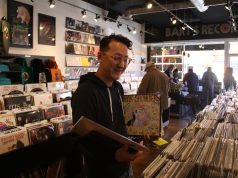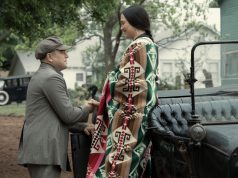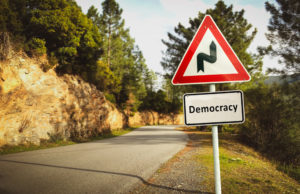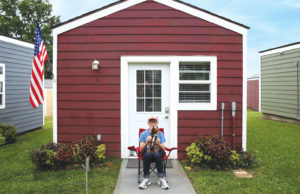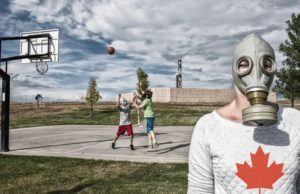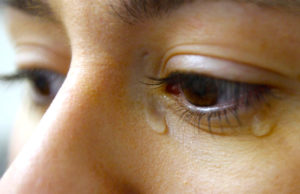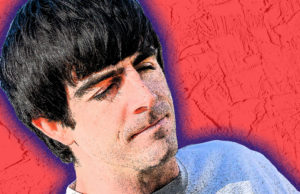Using the work of courtroom bloggers, official transcripts and professional actors,
Like many Californians, Ainsworth said he sat down at his computer the morning of
Supporters of Proposition 8,
same-sex marriage ban, had argued that airing the trial over the
Internet could open witnesses up to intimidation or retaliation by
gay-rights advocates. The Supreme Court sided with Proposition 8
supporters, arguing in a 5-4 opinion that witnesses could face
“harassment as a result of public disclosure of their support” for the
ban.
“How dare they block the access to public
information?” said Ainsworth, who had married his partner before the
ban on same-sex marriage went into effect in
Then Ainsworth received a call from his friend
Ireland, who also had married his partner before the ban. The two came
up with the idea to collect data from courtroom transcripts, bloggers’
dispatches, text messages and other sources to produce the video series.
It came together fast, Ireland said. They started building scripts from blog items
and by the next day released a list of characters to actors and casting
directors. The project attracted more than 500 submissions for about 40
roles. Among the actors who signed on were Academy Award nominee
They held auditions
The first episode aired Monday, and the filmmakers hope to get the
second one up on their own Web site and on YouTube by the end of the
week. Ireland and Ainsworth combed through nearly 3,000 pages of court
documents to create the script.
Because each episode closely tracks what happened on
each trial date, the episodes vary in length. The first is 5 1/2 hours,
and the longest is set to come in at about nine hours.
Ainsworth said the intention was not to advocate for one side or the other.
“We’re not trying to have it be a social commentary,” he said. “We’re literally just trying to get the information out there.”
The directors are in the process of shooting the
eighth episode and plan to shoot a 13th after closing arguments, likely
to take place in several weeks. The 12th day of the trial was
“I strongly believe that our court system should
remain transparent,” said Ireland, a former civics teacher. “Our
judicial system works best when it is not hidden from the public.”
Constitutional law expert
who is presiding over the federal trial, said the videos could be
helpful to the public without presenting a threat to Proposition 8
supporters who feared retaliation.
“Obviously that’s perfectly within their rights,”
Whelan said of Ireland and Ainsworth. “The fact that it’s not being
done by showing the real witnesses does a lot to mitigate some of the
injury that could reasonably have been expected from Judge Walker’s
show trial.”
—
(c) 2010, Los Angeles Times.
Visit the Los Angeles Times on the Internet at http://www.latimes.com/
Distributed by McClatchy-Tribune Information Services.


